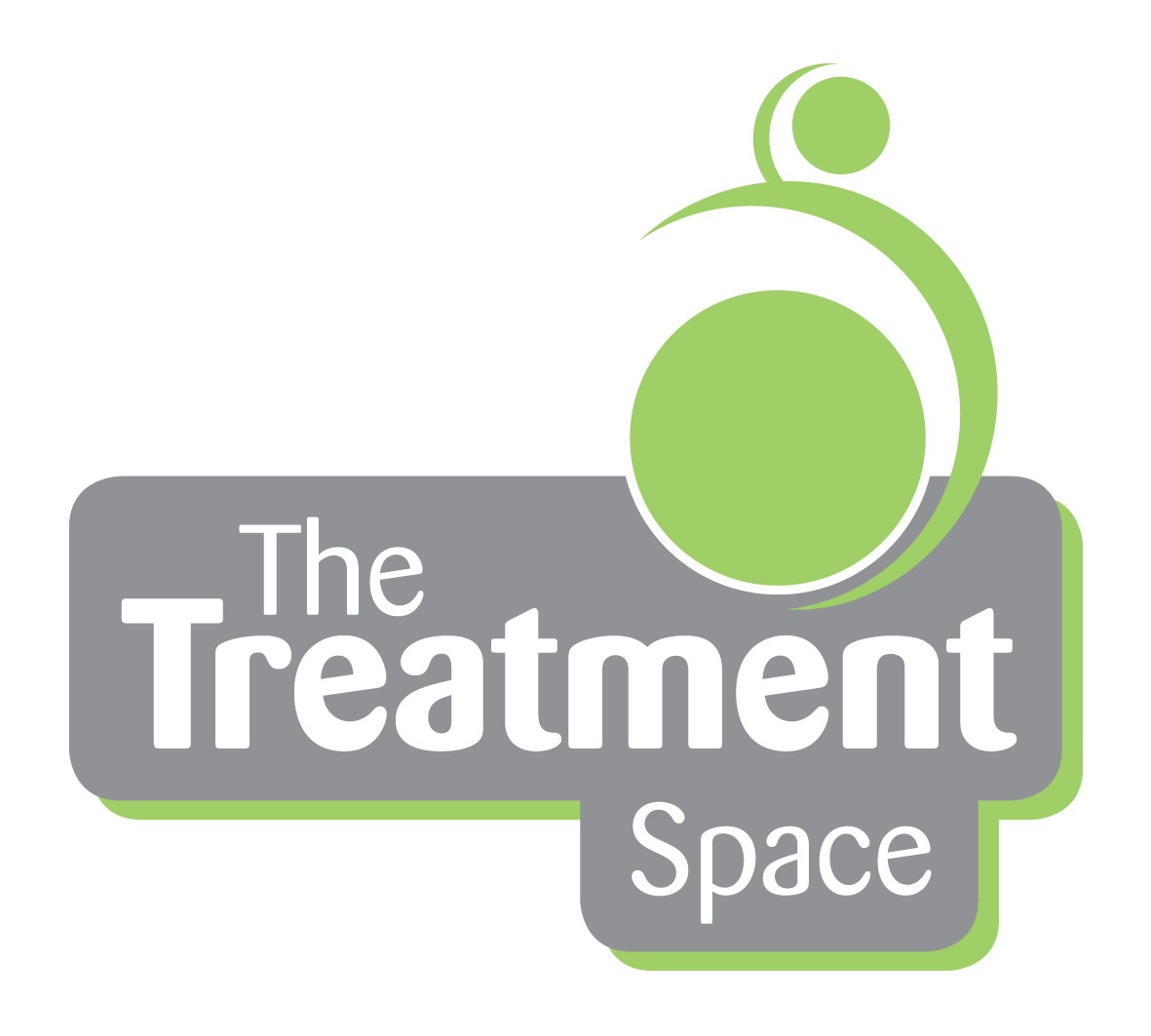Osteoperosis - How Physiotherapy can help
he National Osteoporosis Society have launched a campaign called ‘Stop at One’ to raise public awareness of osteoporosis and give advice about how to protect your bones and decrease the risk of a break.
People with osteoporosis have reduced bone density and are more likely to have fractures if they become injured. The most common areas are wrists, hips and the spine.
Bone density is mainly build up during childhood, adolescence and early adulthood. This can be boosted by eating a well-balanced, calcuim-rich diet and doing plenty of weight bearing exercise. From the age of 35 bone loss increases gradually through the natural ageing process. This is hastened in women after the menopause.
As we get older our balance and co-ordination worsens and this can lead to falls and increase the risk of sustaining a fracture. As well as weight bearing exercises to keep bones strong (improve bone density) we also need to reduce the risk of falling.
Physiotherapy can help with:
- advice on bone-boosting exercise
- appropriate exercise programmes for younger and older people trying to build bone density
- reducing the risk of falls and improving balance and co-ordination
- improving muscle strength, flexibility, breathing, posture and mobility
- safe exercising when you have been diagnosed with osteoporosis
- recovery from fractures
- reducing and controlling pain
Carolyn Lindsay is experienced in treating all of the above and has also recently completed fitness instructor training so is able to advise on all aspects of exercise.
You can email any questions, or enquire about appointments by emailing Carolyn Lindsay
You can obtain further information about osteoporosis at
